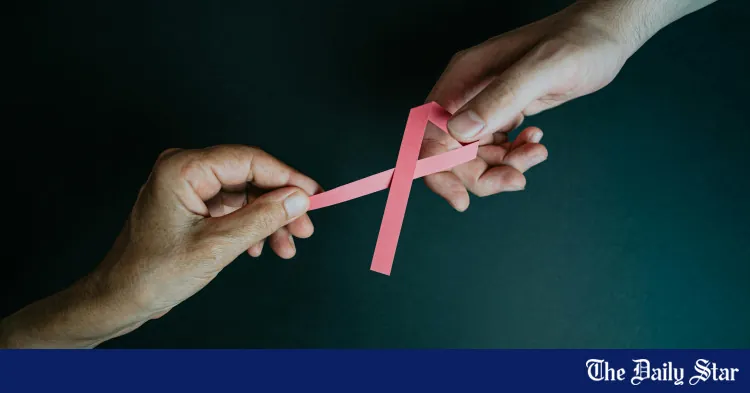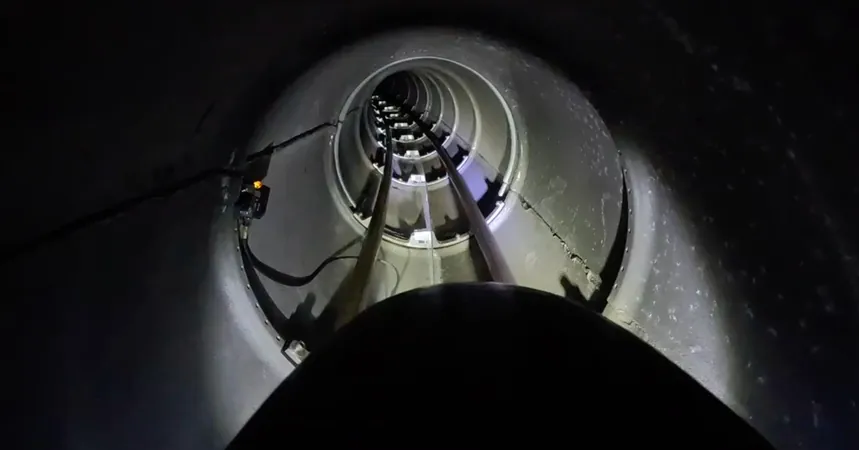
Detect Breast Cancer Early: Recognize Symptoms, Importance of Mammograms & Essential Prevention Tips
2024-10-28
Author: Wei
As we step into October, a month dedicated to Breast Cancer Awareness, it's crucial to spotlight the urgency of early detection and education about this pervasive disease. For many, the pink ribbon symbolizes resilience and remembrance, while for others, it serves as a rallying point for the nearly two million women diagnosed with breast cancer worldwide each year.
Understanding breast cancer's complexities and the early signs can be lifesaving.
1. Lumps
The presence of a lump is often the first sign that something may be wrong. Generally, a firm mass with uneven borders is more likely to be cancerous, while lumps with rounded and soft contours can be benign. It's essential to remain vigilant, as many lumps can be too small to feel. Women over 40 or those with a family history of breast cancer should consult their doctor about scheduling regular mammograms.
2. Swellings
Before a noticeable lump develops, some individuals may notice swelling around the breast area. Persistent swelling—even after treatment—requires immediate medical attention. Thickening of breast tissue or swollen lymph nodes under the arm or near the collarbone could indicate a higher risk for breast cancer.
3. Pain
Although most breast pain is not a sign of cancer, persistent soreness, or an unusual burning sensation can be red flags, particularly for patients at risk of inflammatory breast cancer or Paget's disease. If such discomfort persists, it is critical to seek medical advice.
4. Alterations in Appearance
Unexplained changes in the appearance of your breasts should be taken seriously. An inward pull of the skin, dimpling, or a singular depression in one breast can be significant indicators. Always report any new changes to your health care provider.
Early detection is synonymous with successful treatment outcomes when it comes to breast cancer. The smaller the tumor is when found, the more effective the treatment options available, underscoring the need for routine screenings.
The Importance of Regular Mammograms
The best way to detect breast cancer early is through regular mammograms. These low-dose X-ray examinations can reveal irregularities before any physical signs appear. Research shows that women who adhere to regular mammogram schedules tend to have much better outcomes.
According to the American Cancer Society, women aged 40 to 44 have the option to begin annual mammogram screenings. For those aged 45 to 54, annual screenings are recommended, while women 55 and older can choose to continue annually or switch to every other year. Women with a higher risk—due to family history or known genetic predispositions—are encouraged to begin screenings earlier.
This October, take the initiative to empower yourself and your loved ones with knowledge about breast cancer. Educate yourselves, engage in discussions, and take actionable steps towards early detection and prevention. Remember, starting with awareness can be the first step in saving a life.




 Brasil (PT)
Brasil (PT)
 Canada (EN)
Canada (EN)
 Chile (ES)
Chile (ES)
 España (ES)
España (ES)
 France (FR)
France (FR)
 Hong Kong (EN)
Hong Kong (EN)
 Italia (IT)
Italia (IT)
 日本 (JA)
日本 (JA)
 Magyarország (HU)
Magyarország (HU)
 Norge (NO)
Norge (NO)
 Polska (PL)
Polska (PL)
 Schweiz (DE)
Schweiz (DE)
 Singapore (EN)
Singapore (EN)
 Sverige (SV)
Sverige (SV)
 Suomi (FI)
Suomi (FI)
 Türkiye (TR)
Türkiye (TR)